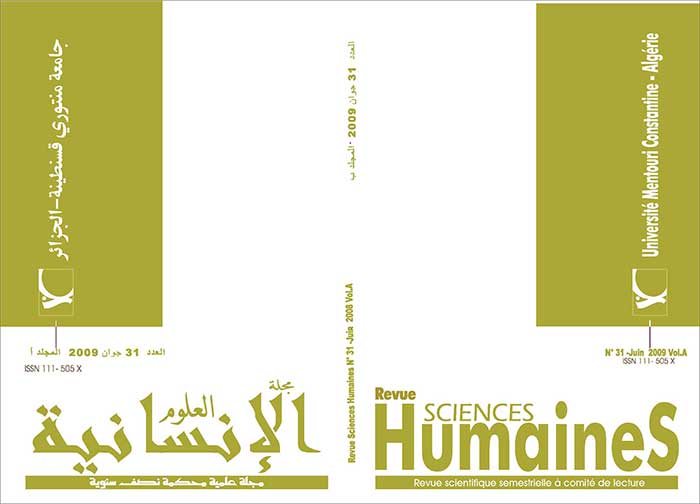Interaction, Autonomy and Motivation in Teaching Articles under Grammar Tasks
Abstract
This article attempts to compare the effects of two approaches on the teaching of the English definite and indefinite articles: Grammar Consciousness-Raising Tasks and Traditional Grammar. In addition to their avowed beneficial effects on promoting explicit knowledge and grammatical accuracy as indicated in recent literature, the grammar tasks are also found in this research work to improve interaction, autonomy and motivation among students in the classroom.Downloads
References
Benati, Alessandro. 2001. A comparative study of the effects of processing instruction and
output-based instruction on the acquisition of the Italian future tense. Language Teaching
Research, 5/2: 95-127.
Ellis, Rod. 1997. SLA Research and Language Teaching. Oxford: OUP.
Ellis, Rod.1998. Evaluating and researching grammar consciousness-raising tasks.
In P. Rea-Dickins and K. P. Germaine (Eds.), Managing Evaluation and Innovation
in Language Teaching, (pp. 220-252). London: Longman.
Ellis, Rod. 2003. Task-based Language Learning and Teaching. Oxford: OUP.
Fotos, Sandra, S. 1993. Consciousness-raising and noticing through focus on form:
Grammar task performance versus formal instruction. Applied Linguistics, 14/4: 385-407.
Fotos, Sandra S. 1994. Integrating grammar instruction and communicative language
use through grammar consciousness-raising tasks. TESOL QUATERLY, 28/2: 323-351.
Fotos, Sandra S. and Ellis, Rod. 1991. Communicating about grammar: A task based
approach. TESOL QUATERLY, 25/4: 605-628.
Genesee, Fred and Upshur, John M. 1996. Classroom Evaluation in Second Language
Education. Cambridge: CUP.
Krashen, Stephen D.1981. Second Language Acquisition and Second Language Learning.
London: Printice Hall International.
Krashen, Stephen D. 1987. Principles and Practice in Second Language Acquisition. New
York: Printice Hall International.
Long, Michael H. 1983a. Does second language instruction make a difference? A review of
research. TESOL QUATERLY, 17/3: 359-382.
Long, Michael H. 1983b. Native speaker/non native speaker conversation in the second
language classroom. TESOL QUATERLY, 82: 207-225.
Prabhu, N.S. 1987. Second Language Pedagogy. Oxford: OUP.
Swain, Merrill. 1985. Communicative competence: Some roles of comprehensible input
and comprehensible output in its development. In S. Gass and C. Maden (Eds.), Input
and SecondLanguage Acquisition, (pp. 235-253). Rowley, M.A.: Newbury House.
VanPatten, Bill and Cadierno, Teresa.1993a. Explicit instruction and input processing.
Studies in Second Language Acquisition, 15: 225-243.
VanPatten, Bill and Cadierno, Teresa. 1993b. Input processing and second language
acquisition: A role for instruction. The Modern Language Journal, 77/1: 45-57.
Wallace, Michael J. 1998. Action Research for language Teachers. Cambridge: CUP.
















